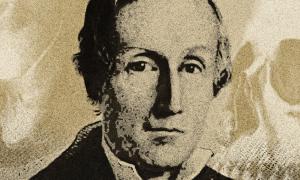article
Dr. King’s Global Impact
When I teach lessons about Martin Luther King Jr., I always wonder exactly how students will connect with the events and themes. My adult students are refugees and immigrants from different cultural backgrounds. Some of them were cultural minorities in their countries. Others are experiencing racial discrimination for the first time in the United States.
